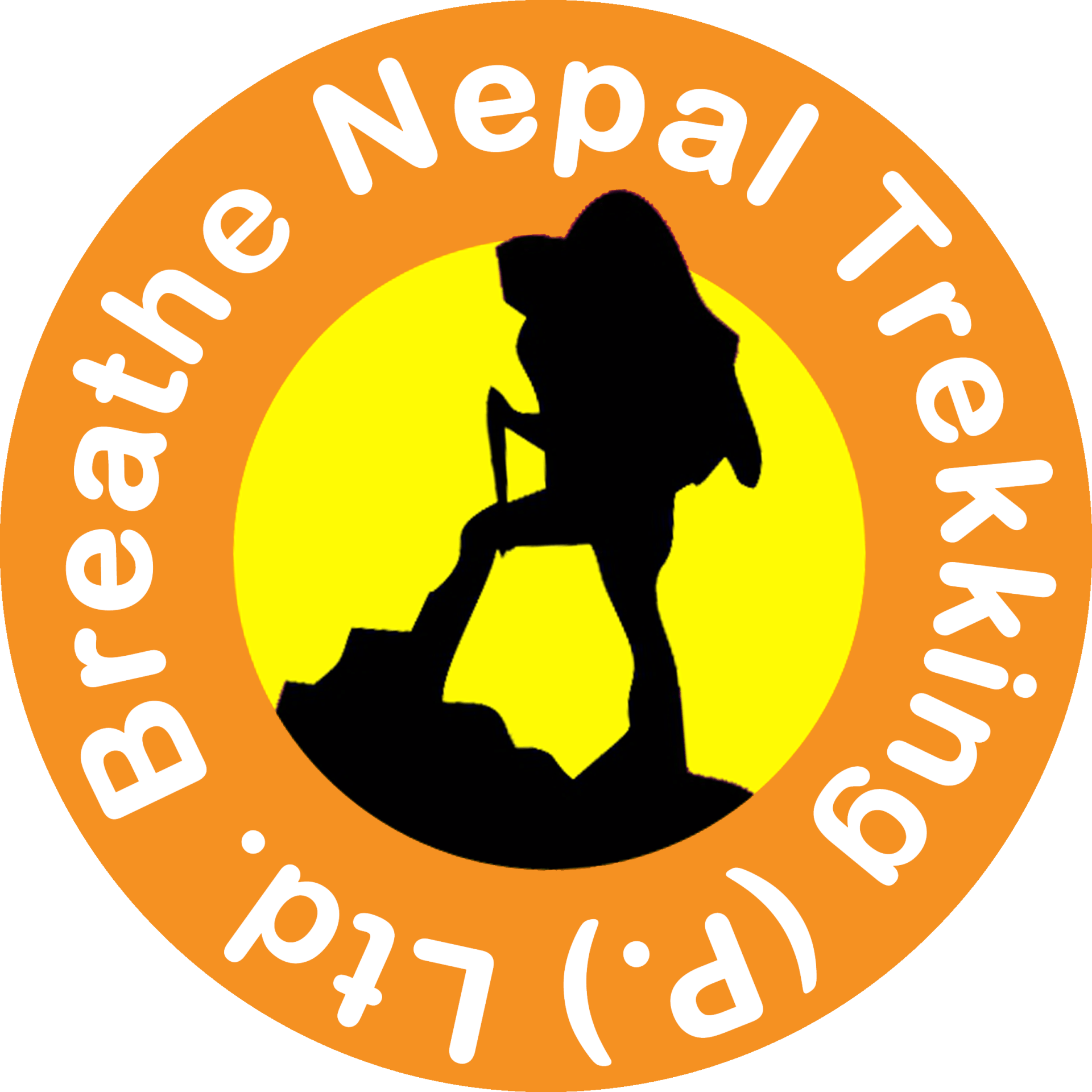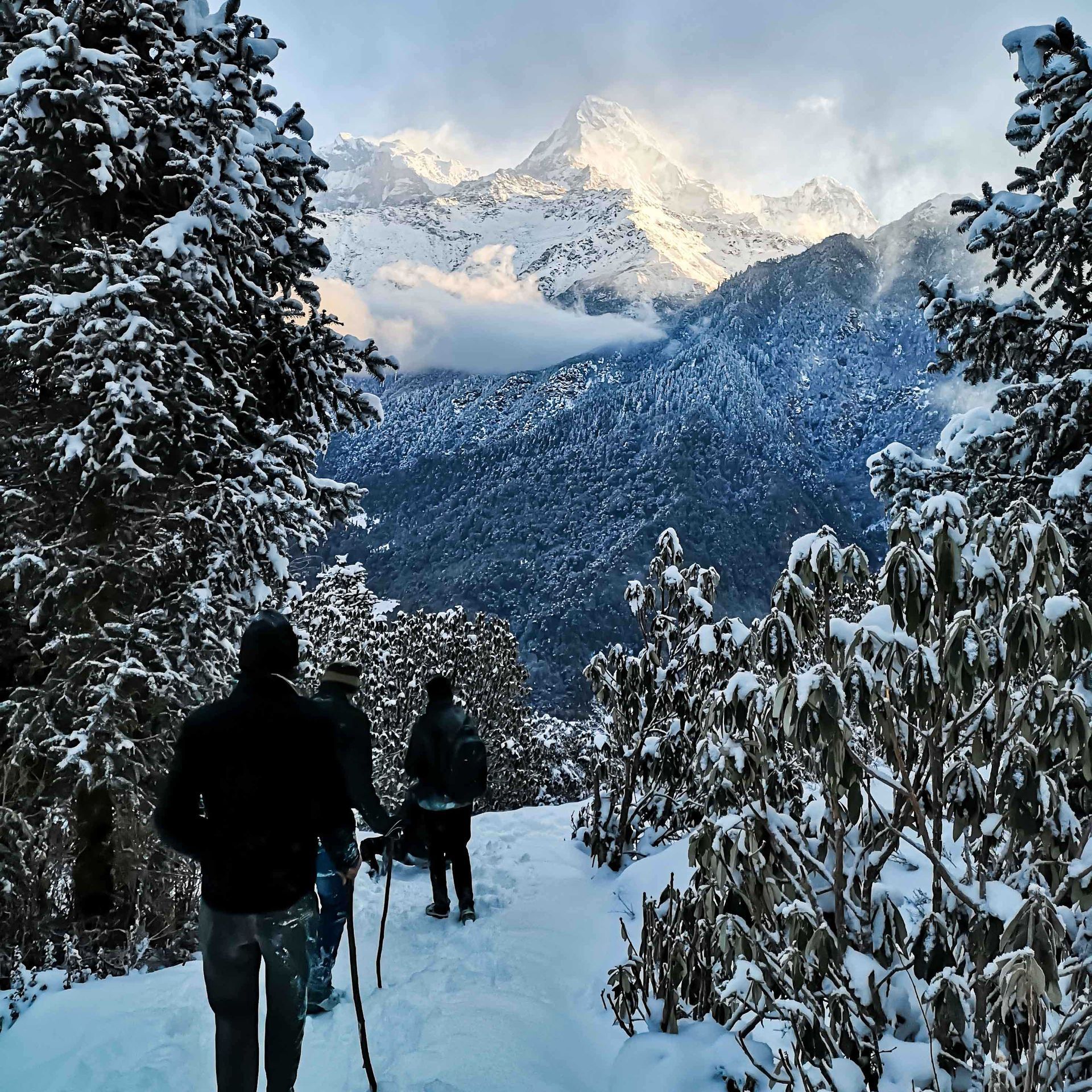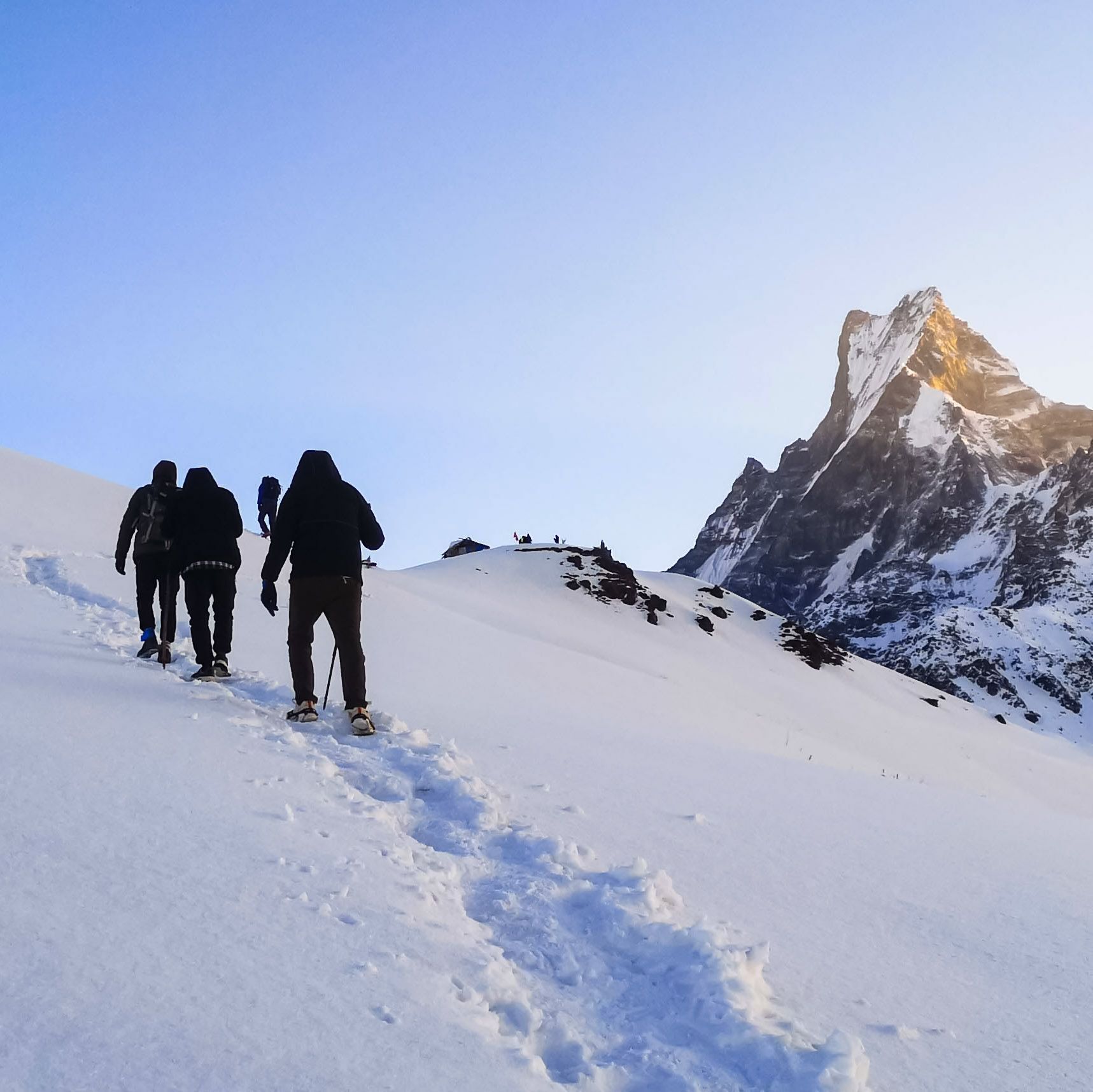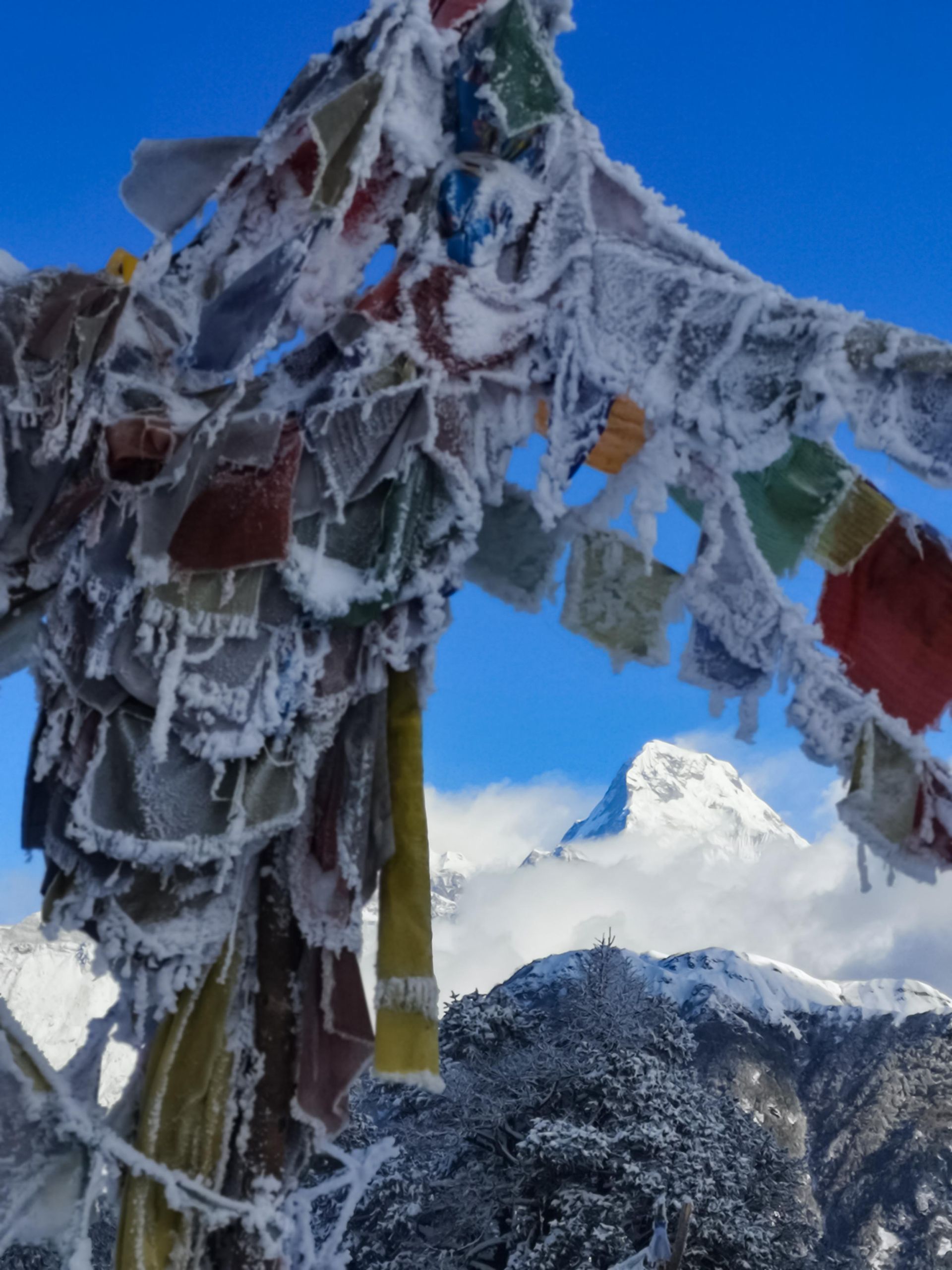Nepal in Winter: The Chilling Trekking Experience
December 30, 2023
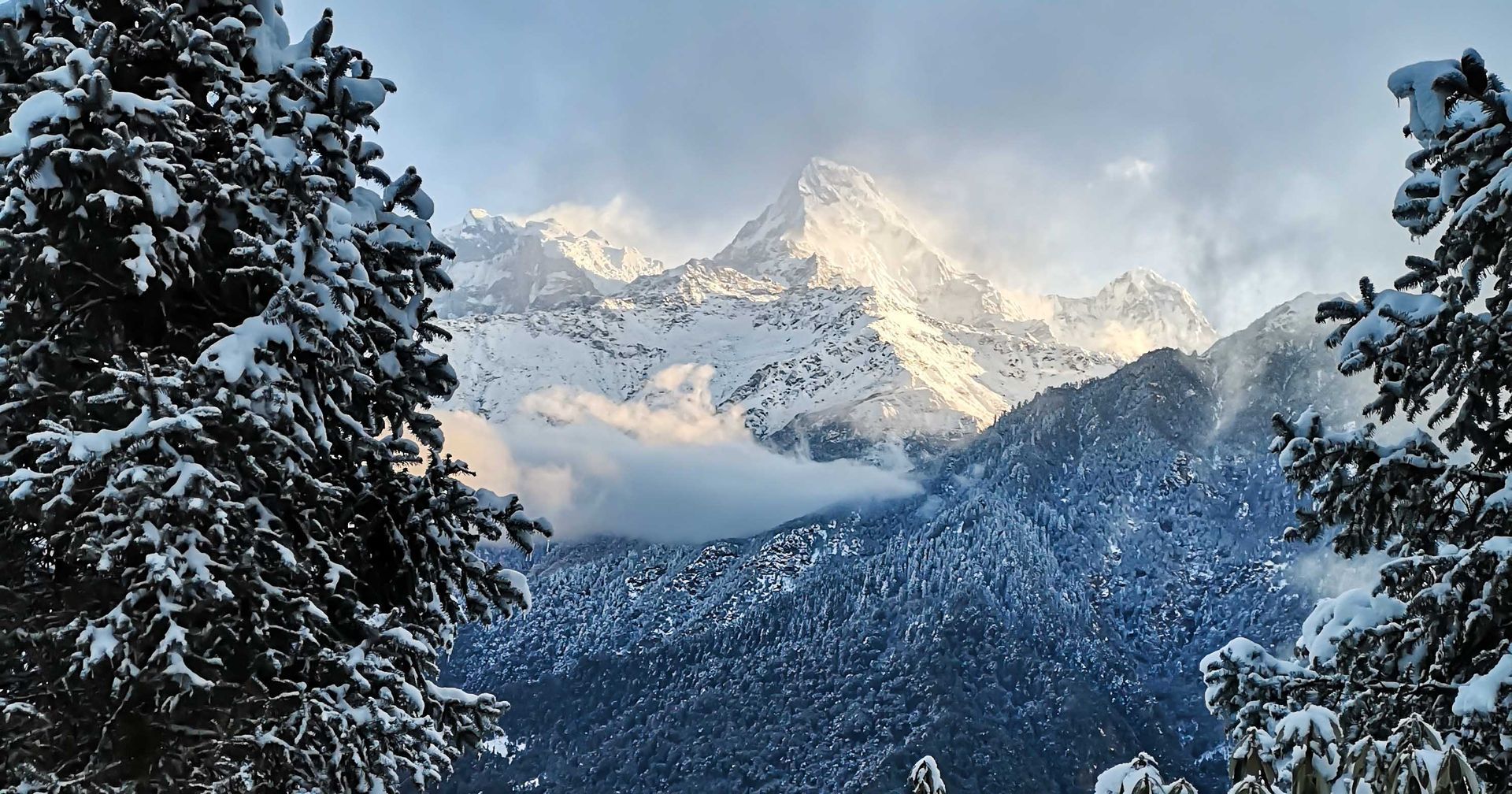
Understanding Nepal's Winter
While Nepal's spring and autumn are renowned for trekking, winter in this Himalayan paradise offers a distinct and enchanting experience that's not to be missed. Many trekkers overlook the opportunity to explore Nepal's winter wonderland, but those who dare are rewarded with a unique blend of natural beauty, cultural richness, and solitude.
Unlike winters in many other countries, Nepal's winter varies significantly based on elevation. Below 2500 meters, temperatures remain above freezing, and major cities like Kathmandu and Pokhara experience minimum temperatures around 5 degrees Celsius. The snow line typically descends to 2500 to 3000 meters, transforming the landscape into a chilling winter wonderland.
The Beauty of Winter Landscapes
Stunning Mountain Views: Winter trekking provides an unparalleled opportunity to witness the Himalayan peaks in all their glory. With clear skies and crisp air, the mountains loom larger, crystal clear, and closer, creating a breathtaking backdrop for your journey.
Solitude and Tranquility: Winter is the off-season for trekking in Nepal, meaning fewer tourists on the trails. This solitude allows you to connect with nature, enjoy the peaceful surroundings, and savor the quiet beauty of the Himalayas.
Vibrant Villages: Most trekking routes in Nepal pass through villages where locals live year-round, engaging in their daily activities. In winter, these villages come alive with cultural rituals and celebrations. It's an excellent opportunity to immerse yourself in the local way of life.
Terraced Fields: The terrace fields burst with colorful crops like mustard flowers, wheat, barley, and potatoes during the winter season, painting a vivid and picturesque landscape. It's a sight to behold and a unique experience for trekkers.
Winter Weather in the Annapurna Region
Cold Temperatures: At lower elevations, daytime temperatures can range from 10°C to 15°C (50°F to 59°F), but they drop significantly during the night, often falling below freezing. At higher elevations, such as in the Annapurna Base Camp area, temperatures can plummet to well below freezing, making it essential for trekkers to be well-prepared with warm clothing and gear.
Snowfall: Snow is a common occurrence in the higher reaches of the Annapurna Region during winter. You must be prepared for snowy trails and potentially icy conditions, which can make trekking more strenuous and require additional gear like crampons and gaiters.
Trekking Gear for Winter Treks
Preparing for a winter lodge trekking adventure in Nepal requires careful consideration of the equipment and gear you'll need to stay safe and comfortable in the cold and challenging conditions. Here's a comprehensive list of equipment you should consider bringing:
Clothing:
- Insulated down jacket
- Waterproof and windproof shell jacket
- Waterproof and breathable pants
- Insulated pants or fleece-lined hiking pants
- Thermal base layers (top and bottom)
- Moisture-wicking hiking socks (multiple pairs)
- Insulated gloves or mittens
- Liner gloves (thin, for layering)
- Warm hat or beanie
- Neck gaiter or balaclava
- Gaiters (to keep snow out of boots)
Footwear:
- Insulated and waterproof hiking boots
- Microspikes or crampons for icy terrain
Backpack and Accessories:
- Backpack suitable for carrying your gear (40-50 liters)
- Waterproof backpack cover or rain cover
- Stuff sacks or compression bags to organize clothing
- Trekking poles (with snow baskets for winter)
- Headlamp with extra batteries
- Sunglasses with UV protection
- Ski goggles for windy and snowy conditions
Sleeping Gear:
- Four-season sleeping bag (rated for sub-zero temperatures)
Attractions of Winter Hiking in Nepal
- Quiet and Less Crowded: Enjoy the serenity of the trails with fewer fellow trekkers.
- Clear Weather: Experience mostly clear and sunny days, providing excellent visibility for mountain views.
- Closer Mountain Views:
Witness the mountains up close, thanks to the clear winter skies and reduced haze.
- Challenging But Unique: Embrace the challenge of winter trekking, which offers a distinct and unforgettable adventure.
- Unique Cultural Experiences: Engage with local communities as they celebrate cultural traditions and rituals during this season.
- Unique Landscapes and Views: See Nepal's landscapes transformed into a winter wonderland, with snow-covered terrains and lush green forests.
Wrap-Up
While winter in the Annapurna Region brings challenges like cold temperatures and snow-covered trails, it also offers a unique opportunity to experience the natural beauty of the Himalayas in a quieter and more serene environment. If you plan carefully, pack appropriately, and are prepared for the winter conditions you can enjoy a memorable adventure in this stunning region.
